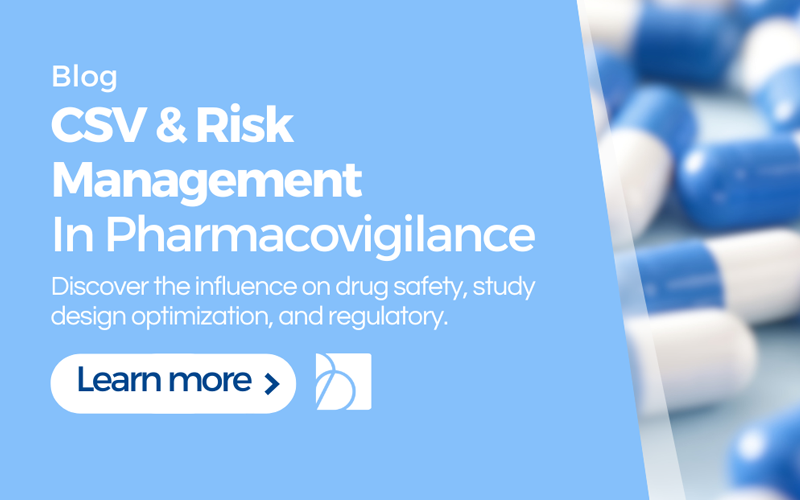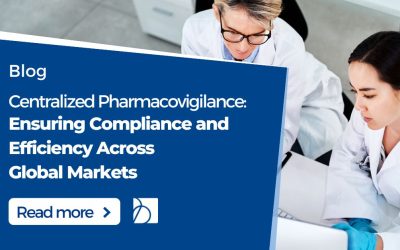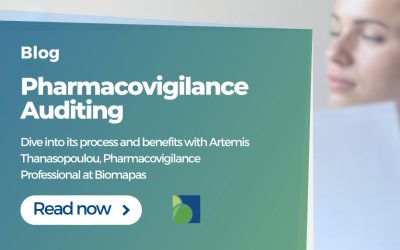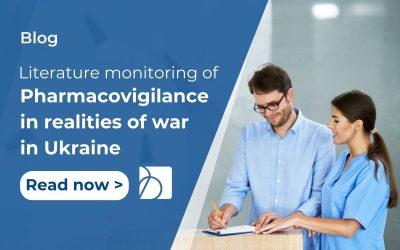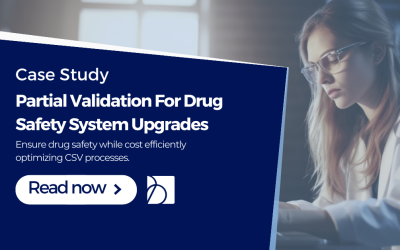CSV & Risk Management
Pharmacovigilance stands as a guardian in drug development and monitoring, ensuring that medicines remain safe and effective throughout their lifecycle. But behind this sentinel lies a complex web of systems, processes, and regulations, each meticulously designed to uphold the highest patient safety standards. From the rigorous protocols of Computerized Systems Validation to the vigilant eyes of global regulatory bodies, pharmacovigilance is all about guaranteeing patient safety. Computerized Systems Validation (CSV) and Risk Management are critical components in this process, especially in pharmacovigilance (PV) systems and drug safety databases.
Computerized Systems Validation (CSV) & Pharmacovigilance
Drug Safety Databases?
These are specialized databases used to collect, store, and analyze data related to adverse drug reactions and other drug safety information. They serve as a repository for safety data, enabling regulatory authorities and pharmaceutical companies to monitor the safety profile of drugs on the market.
Computerized Systems Validation?
CSV ensures that a computerized system does what it is designed to do consistently and reproducibly. Given that PV systems are responsible for collecting, analyzing, and reporting adverse drug reactions, these systems must function correctly. A malfunction or error could lead to missed signals or incorrect data, potentially compromising patient safety.
The development and maintenance of a robust system in pharmacovigilance hinges on several key components. Initially, there’s the ‘Requirements Specification,’ which clearly defines the system’s intended functions and objectives. Following this, the ‘Design and Development’ phase ensures the system is crafted to align perfectly with these predefined requirements. Integral to this process is the execution of rigorous tests, confirming that the system operates as intended. Lastly, throughout this journey, meticulous ‘Documentation’ is maintained. This not only serves as a testament to the system’s compliance with standards but also provides a comprehensive record that can be invaluable during audits.
Risk Management for Pharmacovigilance Systems:
Risk management in this context refers to the systematic process of identifying, assessing, and controlling risks associated with PV systems. Effective risk management ensures that potential issues are identified early and mitigated, ensuring the integrity of the drug safety data and protecting patients.
In pharmacovigilance and system management, three critical steps ensure the robustness and reliability of the system. First, risk identification involves thoroughly examining the system to pinpoint potential hazards or issues that could compromise its functionality or integrity. This proactive approach ensures that vulnerabilities are recognized before they manifest as problems. Following this, risk assessment dives deeper, quantifying the likelihood of each identified risk materializing and evaluating the potential impact on the system. It’s a systematic approach to prioritize risks based on their potential severity and probability. Lastly, risk control comes into play. Based on the assessments, appropriate measures are designed and implemented to mitigate or eliminate the identified risks. This step ensures that the system remains resilient and functions optimally, despite potential threats. Together, these steps form a comprehensive strategy to safeguard the integrity and reliability of pharmacovigilance systems.
Monitoring & Improving
The process doesn’t end once risks are identified, and control measures are implemented in the intricate pharmacovigilance landscape. Monitoring and Review serve as the vigilant guardians of system integrity. This phase involves continuously observing the system to detect any emergent risks or vulnerabilities that might have been overlooked or have arisen due to changes in the system or its environment. But it’s not just about spotting new risks; it’s also about evaluating the effectiveness of the control measures already in place. Are they performing as intended? Are there any unforeseen consequences? Regularly reviewing the system’s performance and the efficacy of the risk control strategies ensures that the system remains both adaptive and resilient, always primed to respond to the dynamic challenges of pharmacovigilance.
CSV and Risk Management
Within the pharmacovigilance framework, the role of Computerized Systems Validation (CSV) and Risk Management is paramount. The databases in question house data of immense significance, often directly impacting patient safety and drug efficacy evaluations. Given this, it’s not merely enough to collect and store this data; the data must undergo rigorous validation processes.
CSV ensures that the system is consistently producing results that are reliable and in line with predefined specifications. Concurrently, Risk Management addresses potential vulnerabilities, ensuring the data remains uncompromised. By integrating both CSV and Risk Management, the objective is clear: to maintain the utmost integrity, accuracy, and availability of the data. This holistic approach ensures that decisions based on this data are informed and reliable, upholding the overarching goal of patient safety.
Biomapas approach to CSV Risk Management
In Biomapas, we are following regulatory guidelines and industry best practices to robust and compliant validation strategies. We also constantly developing our internal tools. To ensure comprehensive risk identification, we have developed GxP Systems Validation Risk Matrix. This document contains 90+ questions, which helps us to reveal various risks related to a system validation. These questions cover the following topics:
- System scope and quality
- Required resources
- Budget and time constraints
- Regulatory requirements
Here is a few examples of questions for system scope section of the document:
- Have the objectives of the project been defined? Are they fixed?
- Are all requirements clear and do not contradict each other (business requirements, functional requirements, ect)?
- Are all requirements agreed with the client/stakeholders?
The Risk Matrix is applicable for all GAMP 5 categories of the system.
Regulatory bodies
Pharmacovigilance is not just shaped by scientific and technological advancements but also by the directives of key regulatory bodies. The U.S. Food and Drug Administration (FDA) and the European Medicines Agency (EMA) are prominent among these. These entities have meticulously crafted guidelines and requirements that pertain to Computerized Systems Validation (CSV) and risk management within pharmacovigilance systems. For pharmaceutical companies, adherence to these standards isn’t merely a recommendation; it’s a mandate. By aligning with these guidelines, companies ensure patients’ safety and position themselves in a state of regulatory compliance. This dual objective underscores the importance of these regulations in maintaining the integrity of the drug development and monitoring process.
In conclusion, CSV and risk management are integral to ensuring the reliability and safety of pharmacovigilance systems and drug safety databases. Given the potential impact on public health, these systems must be rigorously tested, validated, and continuously monitored for risks.



